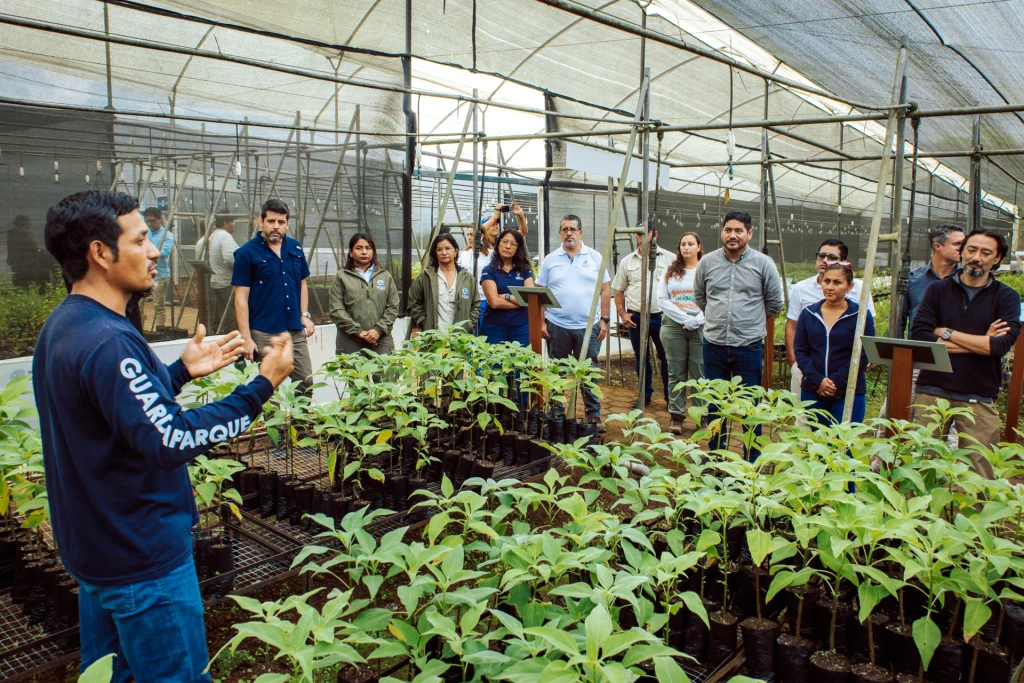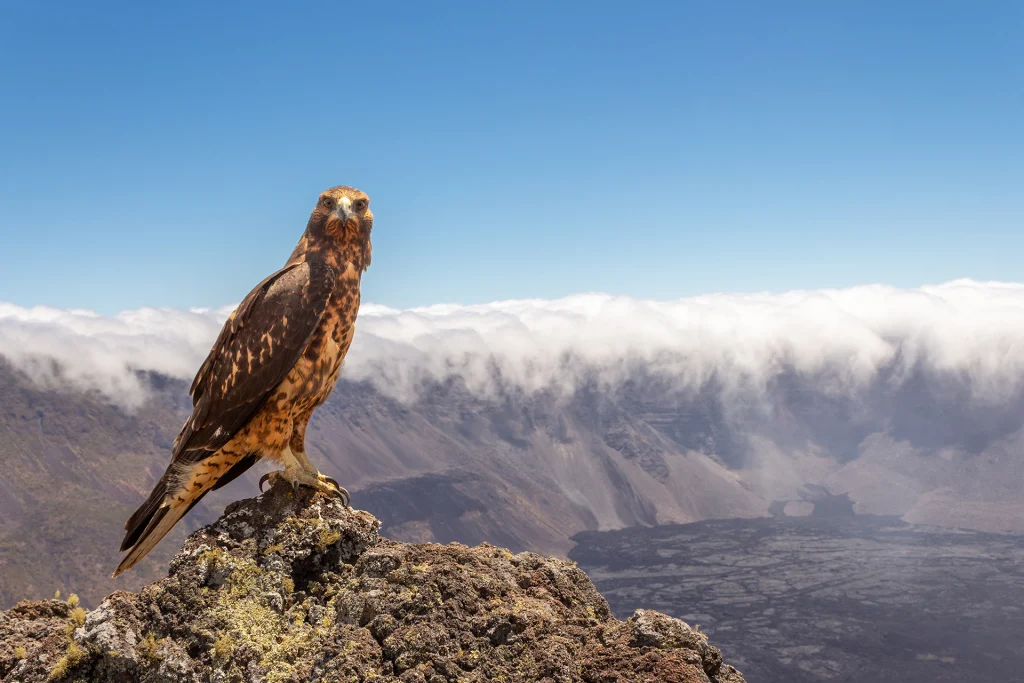To hatch baby tortoises, the first breeding program used artisanal solar incubators made of wood and lined by cement. To maintain eggs at a constant temperature, electric hair dryers were connected to timers. Iniciativa Galapagos funded the modernization and expansion of Santa Cruz and Isabela’s Breeding Centers. This included a sophisticated automated incubator system that controls and regulates the temperature.
In 1970, the program’s first great success was when 20 of its first baby tortoises were born in captivity and released to Pinzon Island. Nearly 9,000 juvenile tortoises were released back to their islands of origin since then. Captive rearing is responsible for the survival of as many as a third all Galapagos Giant Tortoises today. Galapagos Conservancy, Conservando Galapagos and Conservando Galapagos have supported the Galapagos National Park in maintaining three breeding centers. There are many threats to Giant Tortoises and their numbers remain below 10%. We are thrilled to announce that the San Cristobal Breeding Center will reopen in 2023. Today, 2,200 more juvenile tortoises are being kept at the Breeding Centers. They will soon be released into nature, and there will be thousands more.


